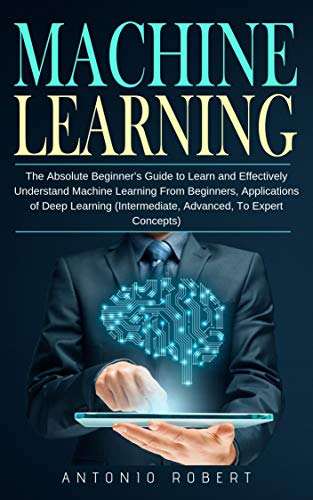What do you think?
Rate this book


It concerns the study and the development of quantitative models allowing a computer to accomplish tasks without it being explicitly programmed to do them. Learning in this context means recognizing complex shapes and making smart decisions. Given all the existing entries, the complexity of doing so lies in the fact that the set of possible decisions is usually very difficult to enumerate. The machine learning algorithms have, therefore, been designed to gain knowledge about the problem to be addressed based on a set of limited data from this problem.
Also, this book presents the scientific foundations of the theory of supervised learning, the most widespread algorithms developed in this field as well as the two frameworks of semi-supervised learning and scheduling, at a level accessible to master's students and engineering students. We had here the concern to provide a coherent presentation linking the theory to the algorithms developed in this sphere. But this study is not limited to present these foundations; you will find some programs of classical algorithms proposed in this manuscript, written in C language (language both simple and popular), and for readers who want to know how it works. These models are sometimes referred to as black boxes.
The engineering students, master’s students, including doctoral students in applied mathematics, algorithmic, operations research, production management, decision support.
Also, to engineers, teacher-researchers, computer scientists, industrialists, economists, and decision-makers who have to resolve problems of classification, partitioning, and scheduling on a large scale.
122 pages, Kindle Edition
Published July 1, 2019